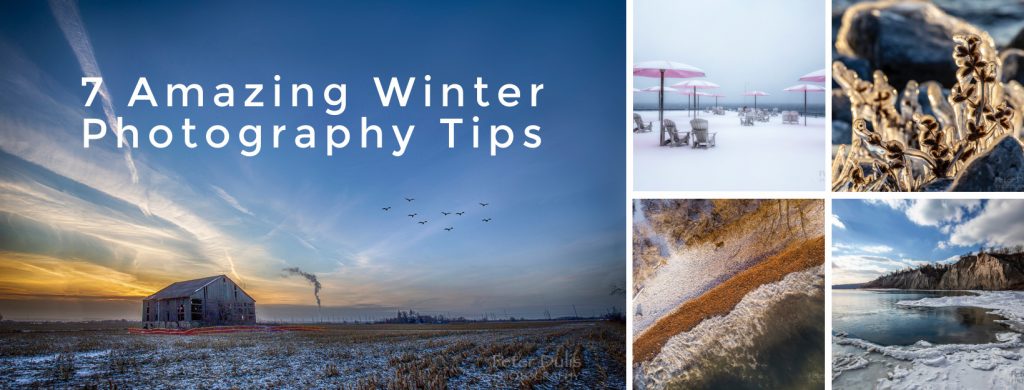
Those who live in places where it snows will know the excitement and adventure of discovering a whole new world of white landscapes. It’s true that it may be cold outside, but with the right gear, you can be a toasty warm explorer. Part of the magic of winter photography is that the light is low on the horizon throughout the day, making landscape photography more dynamic. You often get a chance to capture very moody weather which can make interesting photos. I find that many places I visit in the winter seem to be a lot less crowded compared to summer. And when you get a cold snap, the landscape comes alive with fog, frost and wonderful icicles and ice patterns. If you like Minimalist photos, this is your season. Minimalist photos excel in snow conditions as it’s easier to isolate features of interest. Try to get out before the snow gets trodden down and when you get to your destination, try different focal length lenses. Its amazing how different they all are in the end result. If you really want to get a new perspective on things, try getting a drone for aerial photography. So here are 7 amazing winter photography tips to help you capture the magic of it all.
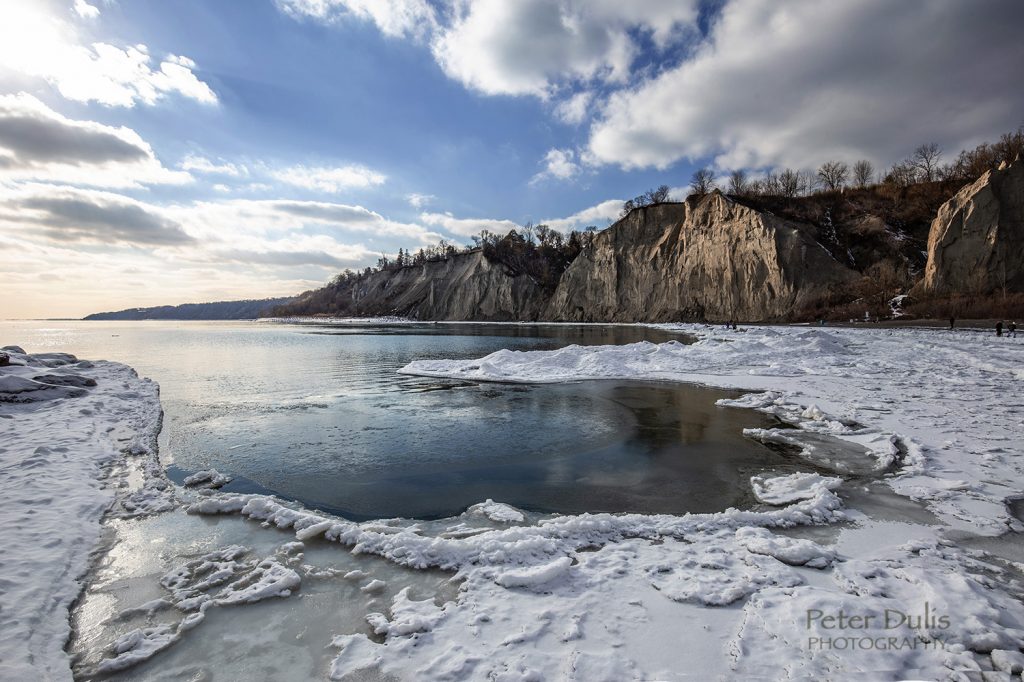
Winter Composition
A properly composed photograph is very important when the landscape is covered with snow. There must be an element of interest included that creates a sense of depth. Maybe it’s an object, animal, tree or person, but try to include an object of interest. I have a tendency to use AV mode for most of my shots. This way I can control the depth of field and concentrate on composition and an area of interest. I am also very careful to watch my histogram. Your camera display is not going to show you the colours and the details of your images accurately, but if I’m using a good camera with lens combo, I know the image will turn out good if I pay attention to my histogram. By watching the histogram, you can see the dynamic range of tones. This helps to avoid overexposing or underexposing your images and I can make quick adjustments if I see there is a problem. Snow reflects a lot of light which can stray into the lens, so make sure you use a lens hood to cover the lens. I also use a polarizing filter at times to cut the glare and bring out the intensity of the skies.
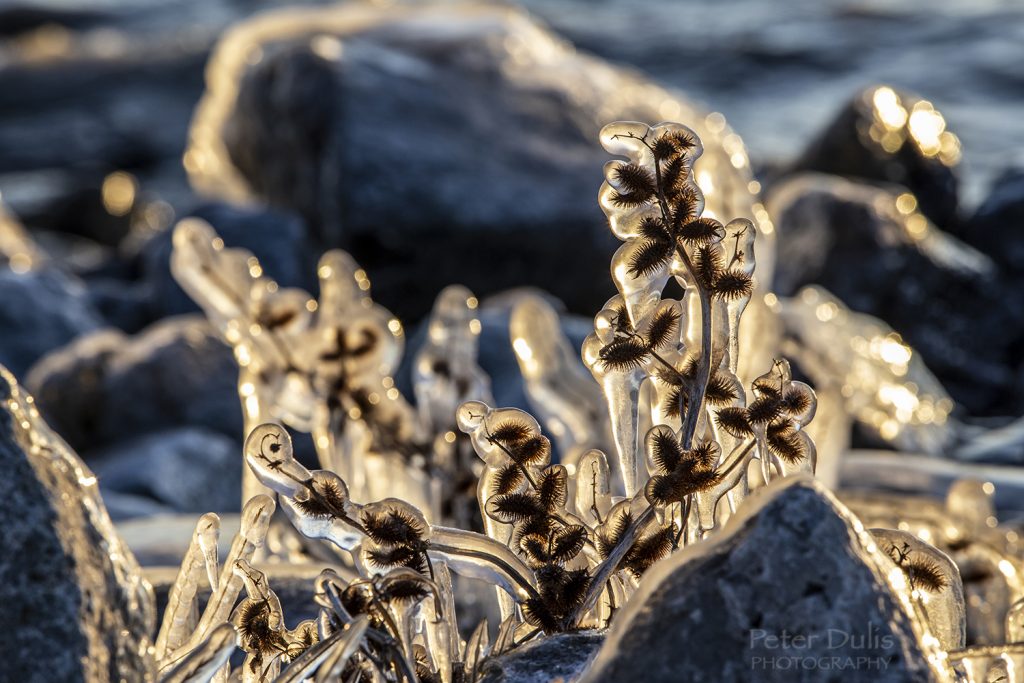
Winter Macro
Macro photography can be fun year-round, but in the winter the frost and snowflakes can make some really unique photos using a macro lens. Use your camera to show the beauty in the details. Good lighting becomes critical for capturing the uniqueness and 3-D quality of frozen flowers and frost on windows. I use natural light as much as possible as well as a backlight box set-up when shooting frozen flowers indoors.
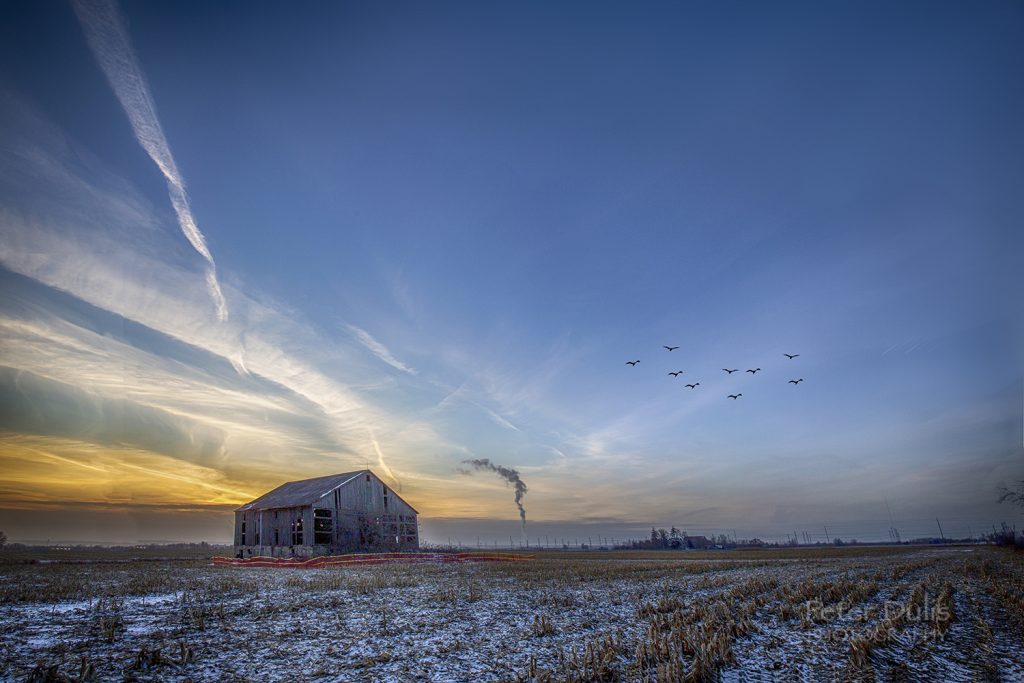
Winter Sunrise & Sunsets
I must admit that I’m a bit of an early bird, so capturing sunrises in winter comes pretty easy to me. I often leave home in the dark about 30-45 minutes before sunrise and capture the golden- blue hour before the sunrise. Then I wait to capture the blaze of glory as it first appears on the horizon. The soft golden light is magical and casts a gorgeous light upon ice crystals and snowy landscapes. For this, you should follow the weather forecast.

Camera Gear
It’s important to keep your camera acclimatised to avoid damaging the camera. Condensation occurs when moving camera gear from warm to cold. It’s the same as when you wear glasses and you step inside and they steam up immediately. The same thing happens with your camera lens. To avoid this, you need to slowly acclimatise your camera gear. Also, when taking your camera outdoors, watch out for battery drain. Batteries don’t last as long in the cold. You can put the batteries in a zip lock bag and wear them inside your coat until you are ready to use them. I carry 3 batteries around in my bag just in case. When shooting during a snowfall, you can also use a rain cover over your camera. You may also want to get a few Microfiber cloths to wipe down the camera and lens while outdoors.
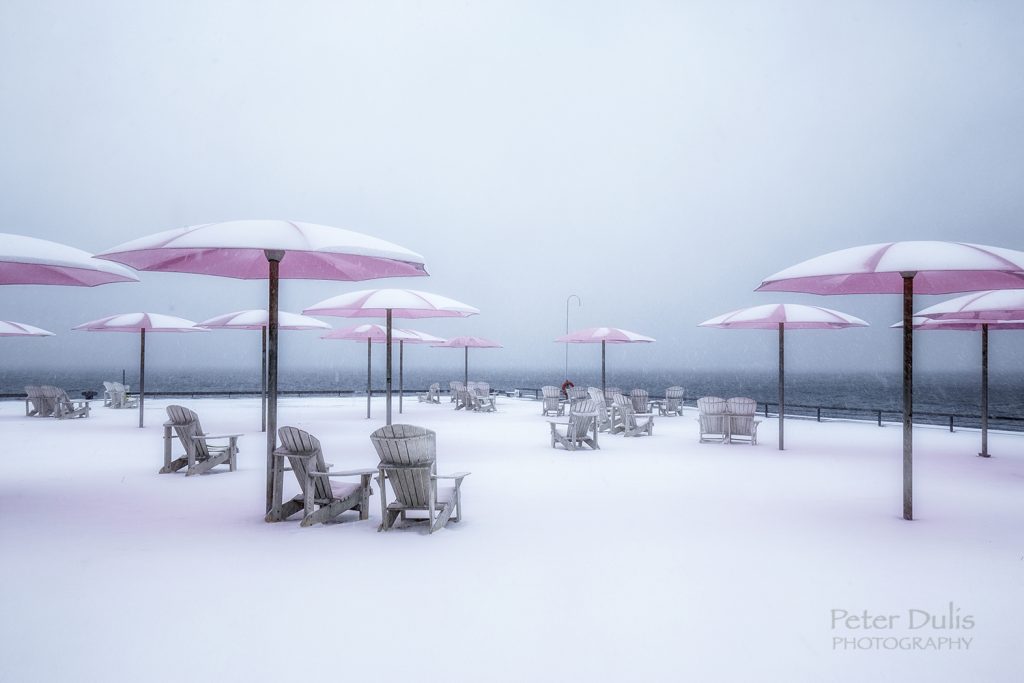
Minimalist Winter Photography
I just love the simplicity that winter photography can capture. Minimalist photography can be summarized in a quote by Leonardo da Vinci: “Simplicity is the ultimate sophistication.” Less is more in other words. A well executed minimalist photo can be a dramatic way to capture images. Snow helps in this regard because of the white neutrality.
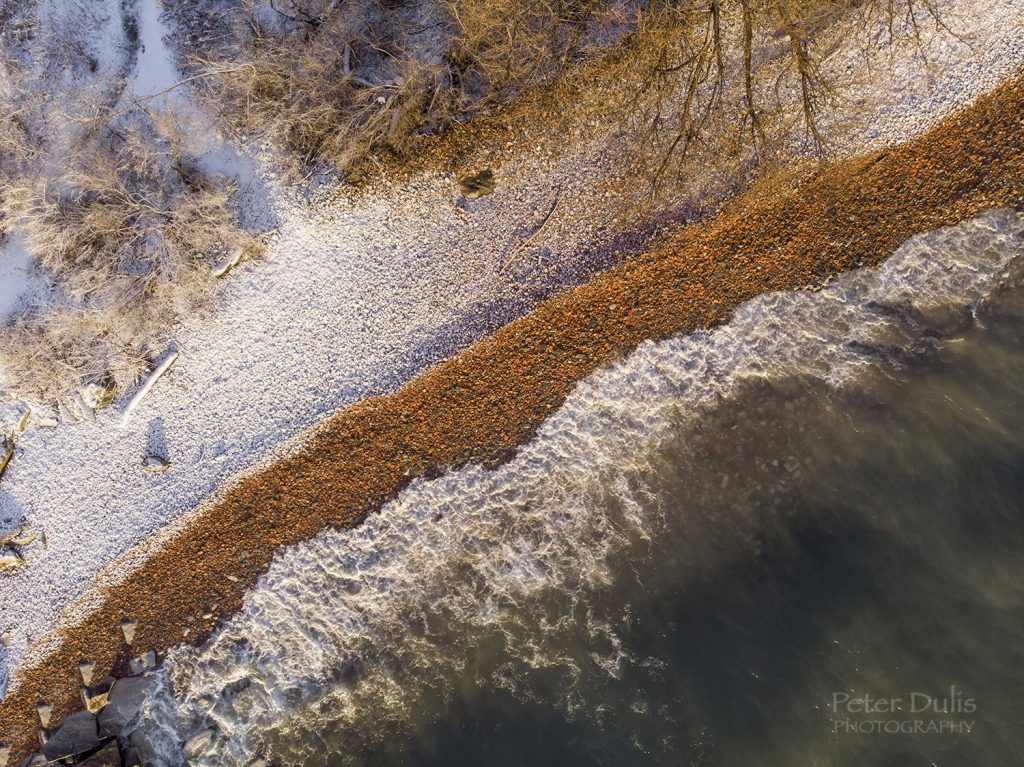
Winter Drone Photography
I’ve really begun to love winter drone photography. As a photographer, I always try to get a unique perspective on landscapes and drone photography accomplishes just that. Believe it or not, drones offer great image quality. The birds-eye view is the classic drone shot and pointing the camera straight down enables you to see the world from a whole new perspective. But there are some things to watch out for when flying a drone in winter. Most drones have an operating temperature range of 0°C to 40°C. The main problem is that the batteries don’t last as long if they’re cold, so flight times may be lower than expected. So, I carry around a minimum of 3 fully charged batteries. Snow can play games with your camera’s meter, leaving you with underexposed photos, so you may have to learn how to use the manual adjustment features of the drone camera. You may also want to consider using ND filters to cut the glare. I don’t worry too much about getting the right white balance since I correct for this in Photoshop afterwards. But it is something to be aware of. I’ve been heavily drawn to the abstract quality of winter scenes shot from above straight down. Look for interesting structures and patterns and you will have something totally unique to add to your portfolio.

Stay Warm
When I’m out and about and the temperatures start falling, its important to dress right. There’s nothing better than a good down winter jacket and dressing in layers underneath. I start with my Stansfield Merino wool undershirt. It is a top-quality base layer that offers great warmth when shooting outdoors. I also love my Eider Men’s Lillehammer III Jacket with under arm air vents in as the final outer layer. Hands and feet need to stay warm. My gloves are a soft fleece knit with Thinsulate insulation, and they’re styled with mitten flaps that fold over the gloves to create fingerless gloves when needed to trigger the camera and make adjustments. I’ve always believed that if you don’t want to get sick, keep your head, chest and feet warm. Good waterproof hiking boots and warm wool socks are critical. I have owned a pair of Guardo boots for about 1 year now and love them. They’re stylish, comfy, warm, and have a super grip on slippery surfaces. It’s also a good idea to wear sunglasses to prevent snow blindness.
Conclusion
Don’t let the cold weather stop you from enjoying one of the most wonderful seasons of the year. Dress right and take care of your gear and you will be rewarded with some wonderful photos. Hopefully, our photography tips will help you to master the art of winter photography. Do you have any questions? If so, feel free to ask them in the comments section of our website.
We hope you enjoyed our “Winter Photography Tips” and will stay in touch with us.
FREE E-Book OFFER:
Travel & Photography Made EasyHere’s your chance to get your exclusive travel guide and photo tips in our 20 page e-book, along with regular travel tips delivered directly to your inbox.
- Discover amazing places to visit and how to photograph them (for non techie people)
With over 325,000 readers, TripAdvisor has hailed us as being “In the Top 1% of Popular Reviewers” plus “Top Photographer” – having visited over “90 Cities” – so here are our TOP 5 places to visit before it’s too late!


7 thoughts on “7 Amazing Winter Photography Tips”
Peter, you are an amazing photographer. You take wonderful pictures and each picture is very special
Thanks for the kind words = they are much appreciated 🙂
Where are the 7 tips and settings
hi Sara – the 7 sub-titles are the 7 tips. Generally we have not put camera settings when dealing with tips + techniques – but we can certainly include them next time – thanks for this feed back 😉
Hi Peter,
Such amazing photos. Wonderful. Beautiful. We are in the throes of Summer here in Australia,
Take care
Lois
hi Lois – thanks for dropping by – such opposite weather we have – I’d love to visit “down under” sometime in the future 🙂
Thanks Lois for dropping by – we are looking forward to summer in Canada soon 🙂